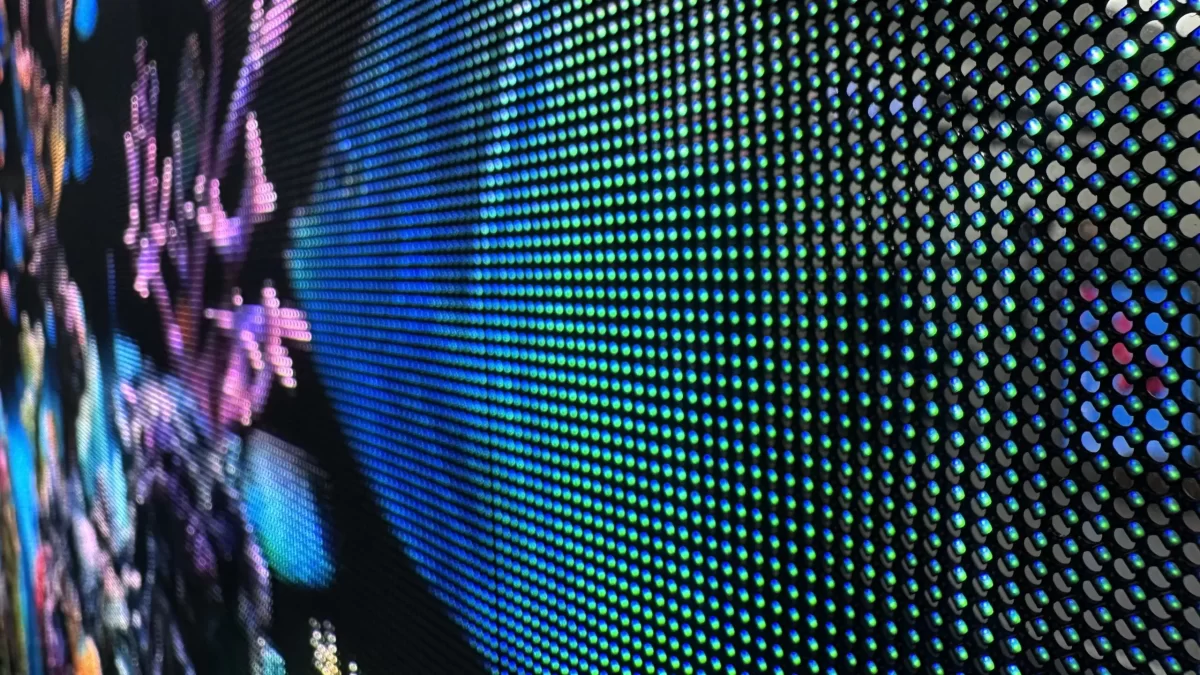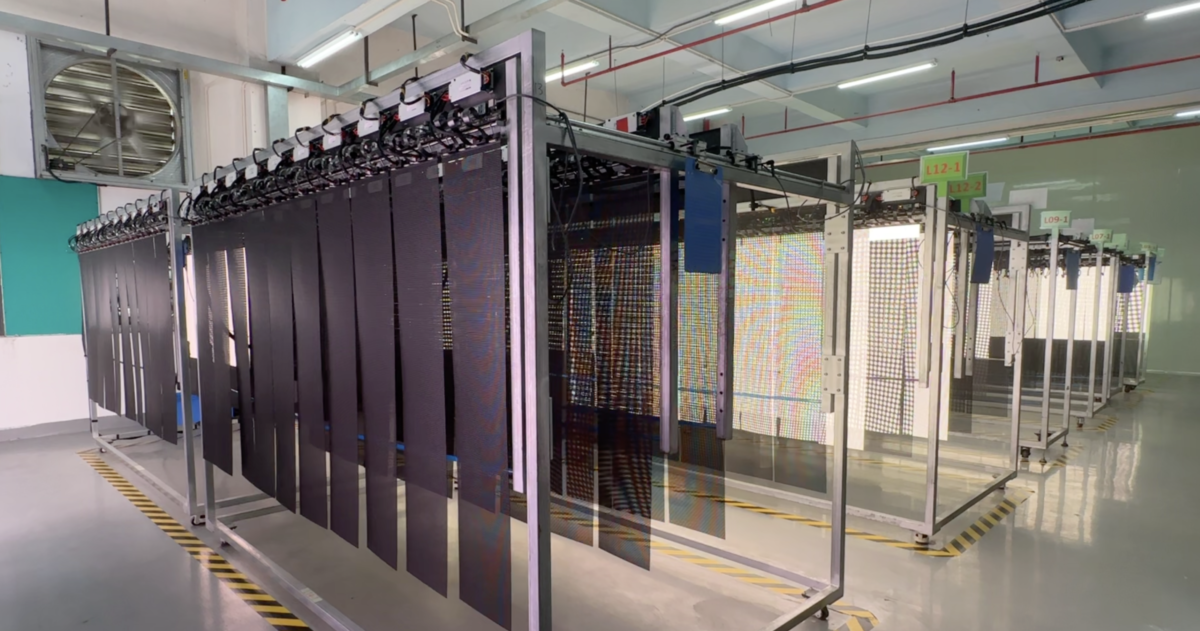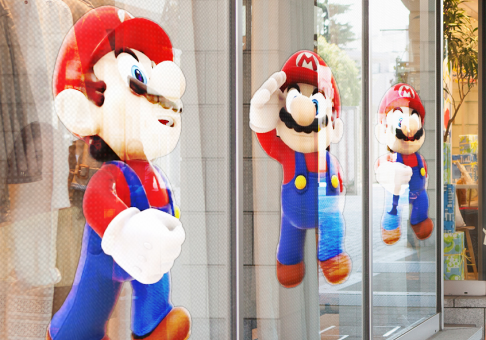Why is aging testing necessary for LED transparent screens? Most products that come off the production line have already incorporated the complete functionality designed for them and can be directly put into use. However, why conduct aging tests? Product quality theory tells us that most product failures occur in the early and late stages. The late stage is beyond the normal lifespan of the product and cannot be controlled, but the early stage is controllable. Aging of LED transparent screens is an essential step when they leave the factory, serving as a crucial inspection process before production. Conducting thorough aging tests can eliminate problems that occur in the early stages within the factory. Let’s explore the aging issues related to LED transparent screens:

Aging tests for LED transparent screens involve simulating whether abnormalities occur during prolonged operation, serving as a critical factor in ensuring product quality and an indispensable step before the screens leave the factory. Full-color LED transparent screens can enhance efficiency after aging, contributing to stability during later operations. LED aging tests are based on the bathtub curve, which represents the failure rate curve, aiming to improve product reliability.
LED transparent screen aging methods include constant current aging and constant voltage aging. Constant current refers to a stable and unchanging current at any given time. If there is a frequency, it is not constant current; it is alternating current or pulsating current. Alternating or pulsating current sources can be represented as having a stable constant value, but such sources cannot be called constant current sources.
Constant current aging aligns with the operational characteristics of LED current and is a scientifically valid aging method for LED transparent screens. Overcurrent shock aging is also a newly adopted aging method, using a frequency-adjustable and current-adjustable constant current source for this type of aging. This method aims to determine the quality and expected lifespan of LEDs in a short period and can identify many potential issues with LED transparent screens that conventional aging cannot detect.

In the inspection and control of LED transparent display product quality, aging testing is a crucial and indispensable step. It is the final inspection process before LED transparent displays leave the factory and serves as a vital guarantee of the product’s quality. LED products can improve their efficiency after aging, contributing to stable performance during later use. LED aging tests are based on the characteristics of the product’s failure rate curve or bathtub curve, aiming to enhance product reliability. The main process includes the following three points:
Inspection
Check that the module installation in the cabinet is correct.
Check for electrical short circuits and mismatches.
Inspect module installation for levelness and neat seams.
Examine the appearance for intactness and absence of scratches.
Illumination Aging
Illuminate using the online control system.
Continuous illumination for more than 72 hours.
Aging includes both white light aging and video aging.
Aging methods include constant current aging and constant voltage aging.
Specification Inspection
After successful aging testing, the quality inspection team performs parameter testing.
Inspection contents include white screen, single-color (red, green, blue), grayscale abrupt changes, video effects, and text effects.
White screen inspection time is no less than 24 hours.
Single-color and grayscale abrupt change inspections are no less than 24 hours.
Video and text effect inspections are no less than 24 hours.
It is necessary to have personnel on duty during the LED transparent screen aging inspection, reporting any issues promptly for resolution.
In addition, overcurrent shock aging is also a relatively new aging method adopted by manufacturers. By using a frequency-adjustable and current-adjustable constant current source for this type of aging, it aims to judge the expected lifespan of LEDs in a short time and can identify many potential risks that routine aging cannot detect. Therefore, it is widely used. By completing the above tasks, one can prevent, to a certain extent, the occurrence of faults in the later stages of LED transparent screens due to inadequate aging measures, ensuring the long-term stable operation of the screens and creating greater value.
Muxwave holographic transparent screens are an innovative type of transparent LED display with features such as transparency, high-definition image quality, naked-eye AR visual effects, high brightness, and high contrast. They can be applied invisibly on transparent glass commonly found in buildings and commercial spaces. The products are exported to over a hundred countries and regions, and the company is an enterprise integrating production, design, and sales, widely recognized by customers.

